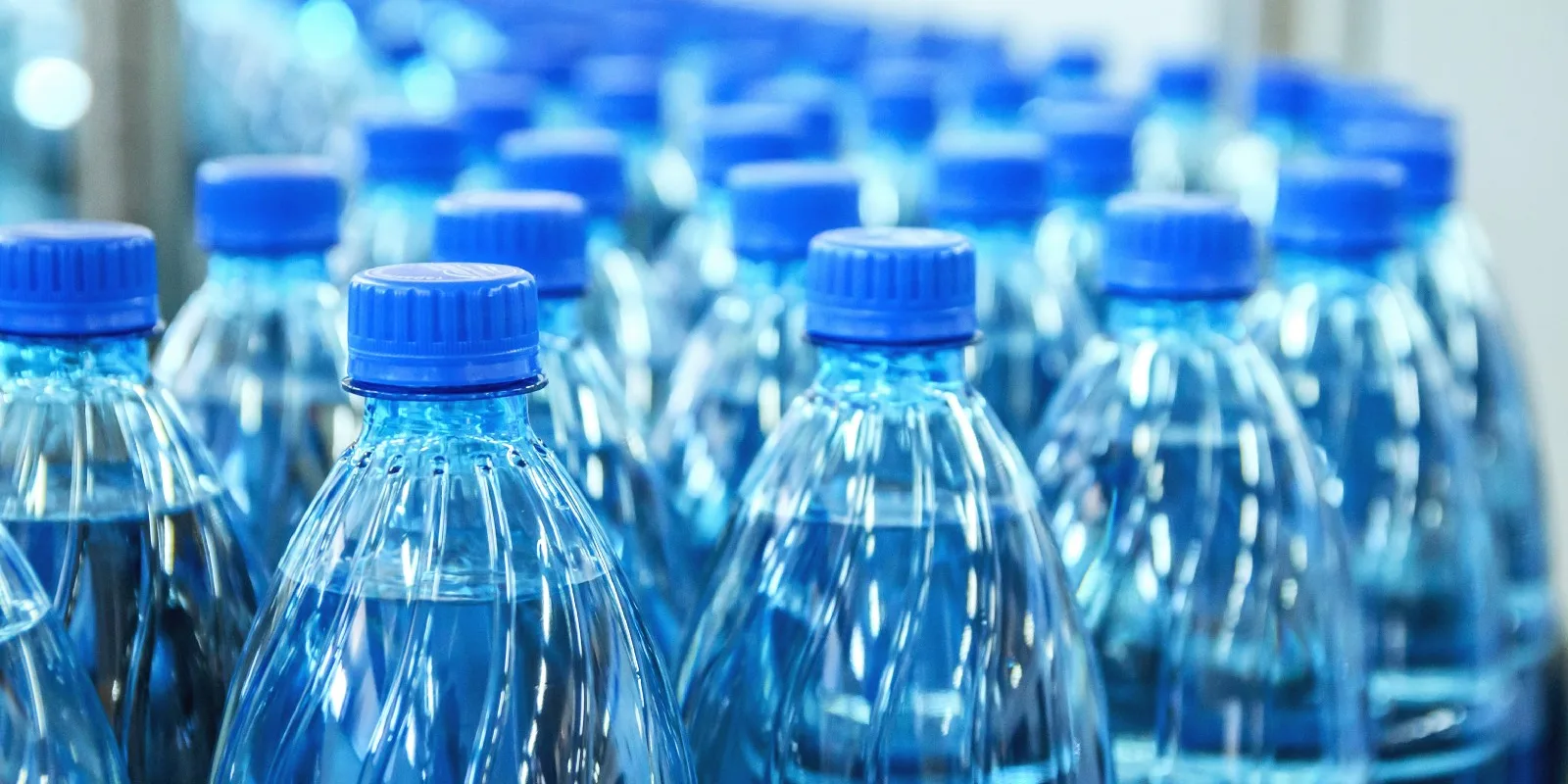
“May I have the soda in the glass bottle please?”
The last decade I have become increasingly alarmed about the evolving warnings about xenostrogens and the plague of health concerns arising from a ‘plasticized’ continent. I have become more concerned about the increasing use of plastics in our society and the disappearance of glass containers for liquids and food storage on our supermarket shelves. Common blogs in health journals are talking about the horrible consequences of Americans becoming estrogenized from the use of plastics.
During my daily clinic visits, I will often see a BMI of over 45 in a 20-year-old patient; a young couple struggling with fertility; a teenage girl with early menarche; and a young 30-year-old man with low testosterone. Over the last 8 years, I feel that I am seeing more and more of these types of patients than I had seen in the past. Science acknowledges the concern about the obesity epidemic but more recently we are reading about the poisons from plastics and the steady erosion of a healthy environment from pollutants from human product consumption and manufacturing. In a developed country with access to a Pandora of technology this year again, for the second year, the World Health Organization announced the devastating news that the life expectancy in the US declined to78.7 years. The investigation into “why” demands science to further research the role of chemicals and their effects on health, specifically the damaging effects of xenoestrogens birthed from plastics. You may ask, “Is the scare about xenoestrogens founded or is this another idea that is only hypothesized?” There are sectors of science that have proven the molecular and biological effects of these false hormones on the human body through evidenced-based research. I call these artificial estrogens molecules of mimicry. These xenohormones can be found naturally from fungi or plants or synthetically which are found in BPA, PCBs, and phthalates — otherwise termed plastics. In research, these foreign molecules are termed endocrine disrupting molecules.
Xenoestrogens have the ability to disrupt the HPA axis, gonads, and peripheral target organs that interplay and alter the effects of natural estrogens in a fierce game of “Russian Roulette.” The affinity for the “false” estrogen molecule to bind to estrogen receptors and to reap havoc on the body organs is tremendous. A consequence of this molecular crisis formulates that chronic exposure accelerates puberty and of further concern is the ability of the xenoestrogens to contribute to the alteration of reproduction.
What are some of the common health consequences of xenohormones on estrogen-binding receptors? Peripheral precocious puberty is affected by these artificial estrogens rather than central, gonadotropin-dependent puberty. The results may be earlier sexual maturation. Unforgettably, hand-in-hand with early puberty arises the premature closure of the distal epiphysis contributing to short stature. Literature precludes that early puberty may also raise the risk of later breast cancers and infertility. A wide gap remains pertaining to the extent of the negative consequences of xenoestrogens on health as it is difficult to study exposure with a multitude of compounding variables. Publicity has illuminated BPA as the dominant culprit containing xenoestrogens but less well known but more abundant is atrazine, for example, a common herbicide sprayed onto golf courses and food crops such as corn, and is found worldwide. Plastics containing xenoestrogens may even be found lining aluminum cans, in computer monitors, flooring, IV bags, lotions, and timed released medications! Do you remember the hit by the group Aqua singing about Barbie and Ken living in a plastic world with plastic homes and cars? Are we all now living in a Barbie world? Life appears so much more convenient with plastics but what is the ultimate consequence to our health?
When I treat my 30-year-old, morbidly obese patient struggling with polycystic ovarian syndrome and infertility, I wonder if this human being I have been entrusted in to help has been affected already by our ‘plasticized’ environment and how I will be able to implement strategies to block the endocrine disruptors that are possibly creating havoc on her HPA axis? My next patient is a 40-year-old male with extraordinarily low testosterone. The common complaints are erectile dysfunction, extra breast tissue, and low libido. These symptoms in my patients are presenting generally 10 years prematurely. Why?
One in eight women will develop breast cancer in the United States and often I wonder if plastics in our environment with the xenoestrogens and now also detected in our meat products is contributing to higher prevalence rates? Personally, I try to live a life as free of plastics as possible. My weekly walk down the supermarket isles precludes a laborious search for food packaged in glass containers. I encourage my patients to use reverse osmosis to filter water that can contain xenoestrogens and to avoid buying water in plastic containers, and of course, to never reuse a plastic water bottle! As a practitioner, my role in society is not only to care about the health of my patients but also the health of society and I am very concerned about the undiscovered effects of xenoestrogens from plastics that will have an impact on our health in the years to come. I agree that we are living in an “Estrogenized America.” I advocate that further research needs to begin to further study the effect of pollutants on our health. I find it disheartening that for one of the wealthiest countries in the world that the life expectancy has diminished instead of increasing as one would expect.
The genomic project concludes that likely our future generations will be even unhealthier due to the genetic changes due to the environment and that these chromosomal aberrations will be passed onto the future generations. Is it too late to turn back to using paper and glass? Can science and politics urgently intervene to save the abusive effects of a plasticized world and the effects on the health of our communities and natural habitats?
Connie Lapadat, NP, is a family nurse practitioner in El Cajon, CA. She is also a 2018–19 Doximity Author.







